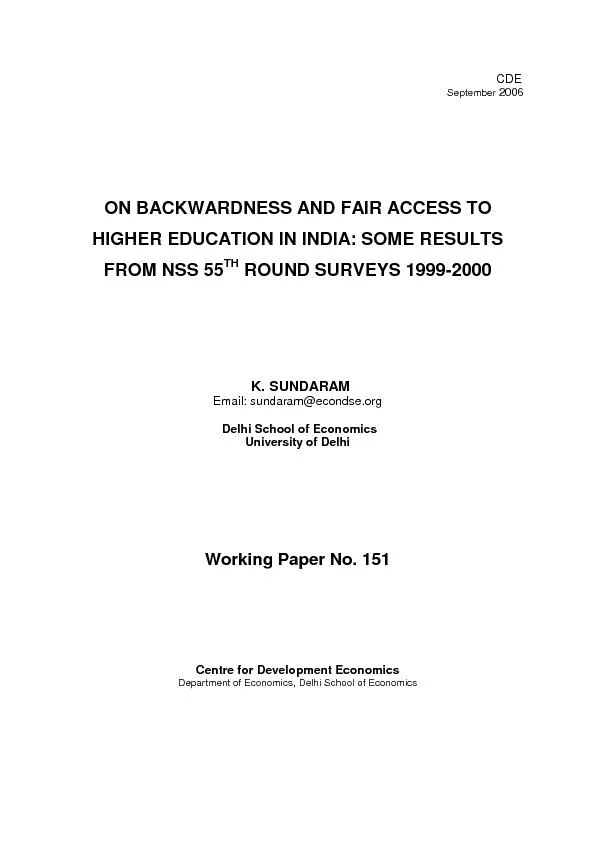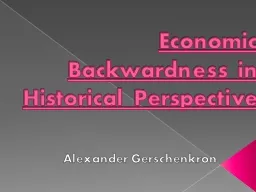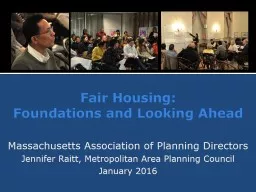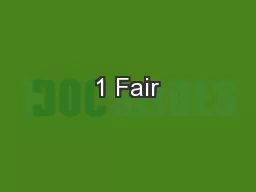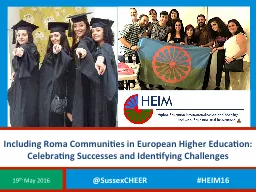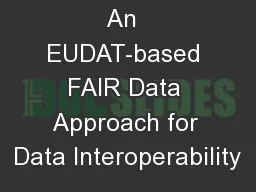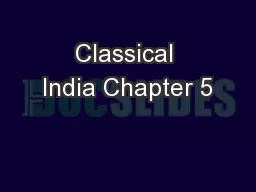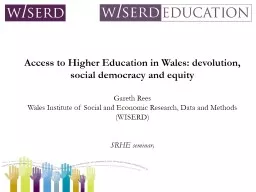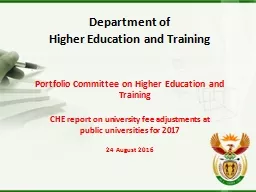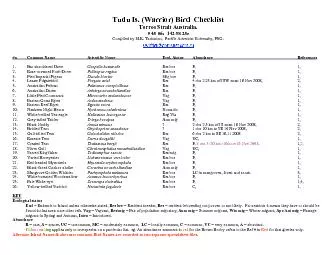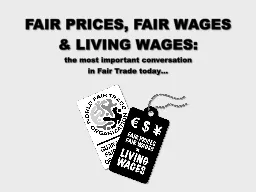PDF-ON BACKWARDNESS AND FAIR ACCESS TO HIGHER EDUCATION IN INDIA: SOME RES
Author : alexa-scheidler | Published Date : 2016-05-12
Presented at the Round Table on 145DePoliticizing Backwardness 150 Alternative Approaches146 2930 August 2006 organized by Department of Geography Delhi School of
Presentation Embed Code
Download Presentation
Download Presentation The PPT/PDF document "ON BACKWARDNESS AND FAIR ACCESS TO HIGHE..." is the property of its rightful owner. Permission is granted to download and print the materials on this website for personal, non-commercial use only, and to display it on your personal computer provided you do not modify the materials and that you retain all copyright notices contained in the materials. By downloading content from our website, you accept the terms of this agreement.
ON BACKWARDNESS AND FAIR ACCESS TO HIGHER EDUCATION IN INDIA: SOME RES: Transcript
Download Rules Of Document
"ON BACKWARDNESS AND FAIR ACCESS TO HIGHER EDUCATION IN INDIA: SOME RES"The content belongs to its owner. You may download and print it for personal use, without modification, and keep all copyright notices. By downloading, you agree to these terms.
Related Documents

